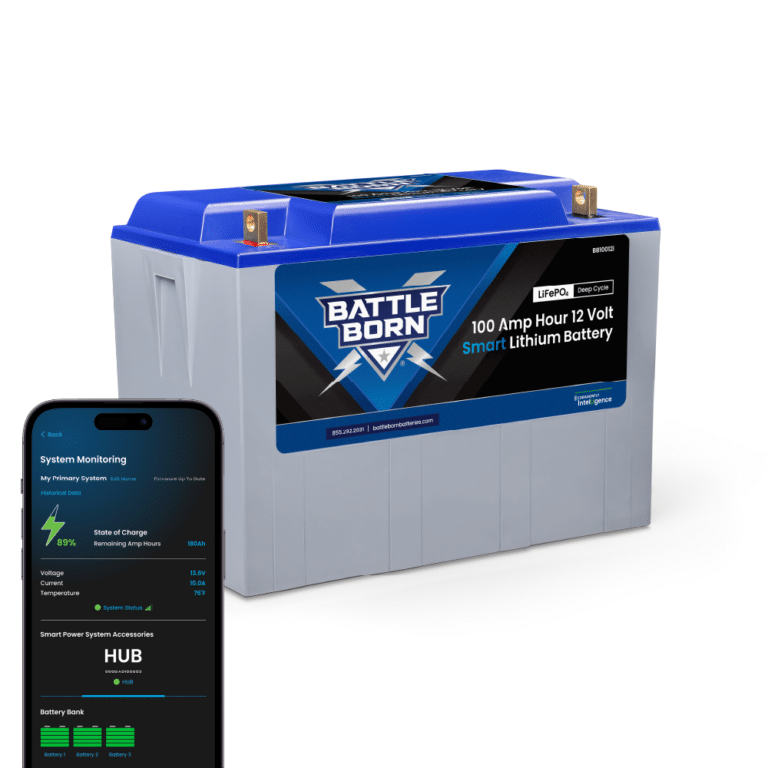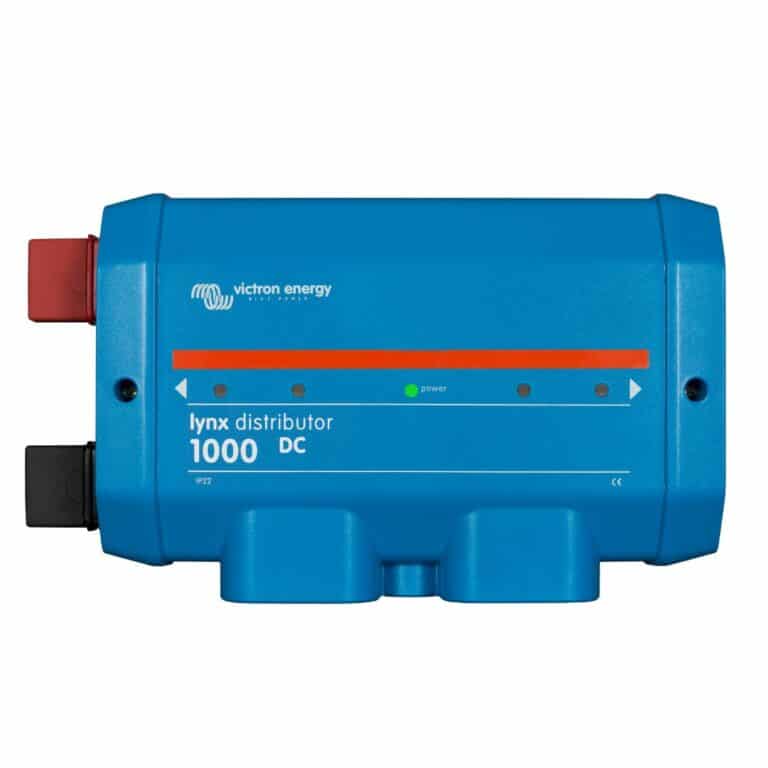
MENUMENU
TALK TO AN EXPERT
Special Hours: 7AM – 6PM PST
TALK TO AN EXPERT
Special Hours: 7AM – 6PM PST
The next time you’re in a public space, whether it’s a shopping mall or a park, look around. Chances are, you’ll see surveillance cameras recording every last movement. These monitoring systems are integral in the fight against criminal activity and safety threats. And while such surveillance systems are practically everywhere, some places need them more critically than others.
Let’s look at six specific examples of venues that require continuous surveillance. We’ll also propose energy-focused solutions to ensure uninterrupted round-the-clock security.

Security systems protect both people and property. Because so much depends on their proper function, property owners and managers require reliable and resilient monitoring systems.
These needs are particularly high in certain use cases, especially those involving public safety and high volumes of valuable property. In such cases, 24/7/365 monitoring is a hard requirement.
Educational and healthcare facilities rank among the most obvious sites that require constant surveillance. Schools must protect students and staff by ensuring that only authorized individuals access the property. Hospitals also require advanced security solutions for both public safety and regulatory compliance.
Schools and hospitals serve some of society’s most vulnerable population groups, so they can’t take any security risks. Both venues need monitoring systems backed by emergency safeguards. This ensures that students and patients stay secure, as do confidential records and costly equipment.
Concert venues and event spaces attract large and energetic crowds, making them appealing targets for criminals. What’s more, event organizers can face serious financial losses in the event of a power interruption.
Both of these factors signal the importance of effective and reliable monitoring systems and backup power supplies. Without them, public safety risks rise, along with the chances of associated liabilities.

Public spaces such as parks, recreation facilities, and parking lots fill important community needs. But their open, easily accessible nature also makes them vulnerable to criminal activity and other safety risks.
Monitoring systems offer many advantages in these venues. Visible security cameras are a known deterrent to criminals. If a crime does occur, a visual record of the event can help law enforcement catch the perpetrator. After all, cameras are far more reliable than eyewitnesses.
Major transportation corridors and transit hubs have elevated and unique security needs from a public safety perspective. Monitoring systems with 24/7/365 functionality and emergency backup support are non-negotiable in these spaces.
Transportation and transit facilities face many types of security threats. Risks range from petty property crimes to mass-casualty acts of terrorism. The best monitoring systems mitigate these risks by increasing the likelihood of a criminal being caught before or after committing an illegal act.
Notably, experts have also cited rail infrastructure as a potentially important backup power resource. Train-based backup battery systems are mobile and can supply power to any location served by the railway.
Shopping malls and retail facilities are popular targets for theft and other property crimes. They also depend on foot traffic for their economic livelihood and can suffer catastrophic financial losses in the event of a power outage.
When designing emergency power supply systems, retail centers need to be particularly mindful of environmental regulations. Environmental Protection Agency (EPA) regulations limit operators to 100 hours per year of non-emergency backup power use.
Banks and financial services providers count among the most familiar and obvious continuous surveillance venues. Even in an age of declining cash use, they remain prime targets for robberies, theft, and other criminal activities due to the high volume of physical valuables they store.
Backup energy supplies power more than just monitoring systems in these venues. They also enable banking operations to continue in the event of a widespread outage. This makes them a critical component of a safe and resilient financial system.
Without a backup power supply, even the best monitoring systems will fail in the event of an electricity outage. Multiple factors are making such outages more likely. For instance, the ongoing effects of climate change include more severe storms more often, which can knock power supplies offline.
Population growth and the continued concentration of people in urban areas also puts increasing pressure on power grids. Demand soars to particularly high levels during extended heat waves and cold snaps, both of which are also becoming more common due to climate change.
Finally, venue operators can’t overlook the risk of sabotage. Highly organized criminals sometimes target a facility’s power supply before committing a major criminal act, believing it will knock the site’s monitoring systems offline. Well-prepared property managers can counter this rare but potentially devastating threat by establishing emergency energy generation systems.
Major factors to consider when evaluating backup power solutions include system types, their respective reliability ratings, and how easily they integrate with existing infrastructure. Strategically investing in backup and emergency power supplies can help sites protect commercial operations, optimize security, and maintain compliance with applicable regulations.
Backup solar power is a particularly popular option. These systems capture incoming light, convert it to electricity, then store it in batteries until it’s needed. Portable and standby generators offer another solution, though they’re not as environmentally friendly.

After choosing a backup power system type, operators also need to perform periodic tests and preventative maintenance. This ensures the system will be ready to perform as expected when needed.
Energy management planning is another crucial consideration. Operators need to know how long their backup energy systems will supply power before failing and should plan for extended emergencies. They should also consider making their systems more resilient by integrating multiple sources of emergency energy.
Battle Born Batteries is a leading provider of innovative backup power solutions for facilities whose monitoring systems, operational continuity, and compliance requirements have advanced emergency energy needs. Our deep-cycle lithium-ion batteries are protected with a proprietary battery management system.
Battle Born Batteries offers an ideal solution as a backup power supply for monitoring systems. Its battery management features, safety profile, longevity, and compatibility with renewable and sustainable energy sources are unmatched.
In today’s highly connected world, power outages can leave critical data exposed to cyberattacks. Similarly, public spaces and venues require constant monitoring to ensure both people and property stay safe and secure. But even the best monitoring systems need a backup from time to time.
Battle Born Batteries has a complete selection of products for continuous surveillance venues and other sites that require reliable, efficient, and sustainable backup energy supplies. Visit Battle Born Batteries to learn more or contact us to discuss bespoke solutions to your backup energy needs.
Shop Best Sellers








Ask a technical specialist now at 855.292.2831
Stay in the Know